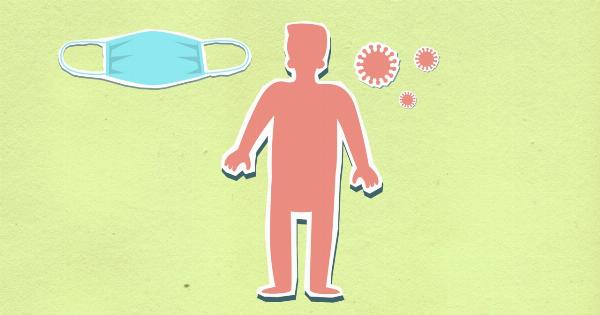Candidiasis is a type of fungal infection caused by candida species. There are many different types of candida, but the most common is candida albicans.
Candida is naturally present on our skin and other surfaces, but it can overgrow and cause infections in certain situations. Candidiasis can affect various parts of the body, including the mouth, throat, genitals, and skin. This article will provide an overview of candidiasis, including its symptoms, causes, diagnosis, and treatment.
Symptoms of Candidiasis
The symptoms of candidiasis depend on the part of the body that is affected. Here are some common symptoms:.
Candidiasis of the Mouth and Throat
- White patches on the tongue, gums, or inside of the cheeks
- Painful or burning sensation in the mouth
- Sore throat
- Difficulty swallowing
Candidiasis of the Genitals
- Itching and burning in the genital area
- Redness and swelling of the vulva or penis
- Thick, white vaginal discharge
- Pain during sexual intercourse
Candidiasis of the Skin
- Red, itchy, and/or scaly patches on the skin
- Fungal infections can occur in skin folds and can be very persistent
Causes of Candidiasis
Candida can overgrow in certain situations that can cause this fungal infection. Here are some common causes:.
A Weak Immune System
If a person has a weakened immune system, candida can overgrow because the body cannot fight off the infection effectively. This can occur in people who have HIV/AIDS, cancer, or are undergoing chemotherapy or radiation therapy.
The use of certain medications, such as corticosteroids, can also weaken the immune system.
Pregnancy
Pregnancy can also increase the risk of candidiasis. The hormonal changes that occur during pregnancy can alter the pH balance of the vagina and make it easier for candida to overgrow.
Antibiotic Use
Antibiotics can disrupt the normal balance of bacteria in the body and allow candida to overgrow. This can occur when antibiotics are taken for an extended period of time or if they are used frequently.
This is due to antibiotics wiping out other bacteria in the body that are good for maintaining a healthy balance in the body thus promoting the overgrowth of candida and increasing the risk of candidiasis.
Diagnosis of Candidiasis
Candidiasis can be diagnosed by doctors through physical examination, blood tests, or culture tests. They may also examine a sample of the discharge, fluids, or tissue from the infected area under a microscope to confirm the diagnosis.
Treatment of Candidiasis
Treatment of candidiasis depends on the type and severity of the infection. For some mild infections, over-the-counter antifungal creams or suppositories may be sufficient. However, for more severe infections, prescription medications may be necessary.
In addition to medication, it’s vital to avoid irritants, maintain good hygiene for skin infections, and eat a balanced diet.
Preventing Candidiasis
There are several actions you can take to reduce your risk of developing candidiasis. Some of these are:.





























